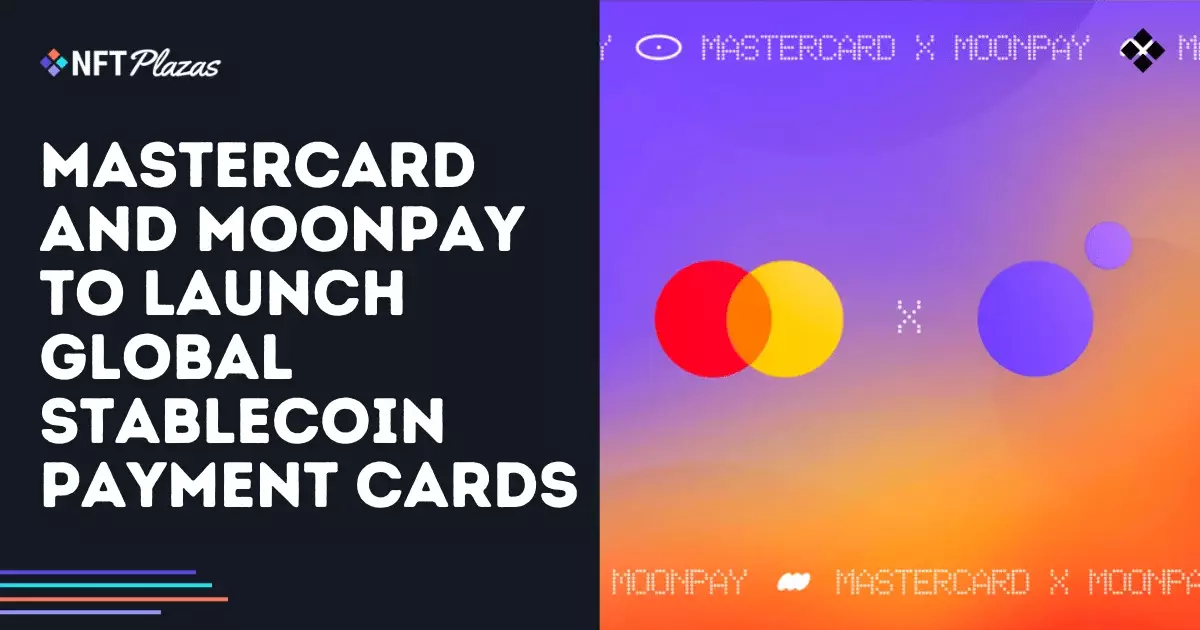Mastercard’s recent partnership with MoonPay is a definitive leap into the future of finance, one that brings the world closer to a revolutionary transaction model—using stablecoins to make daily lives easier and more efficient. With payment cards designed to transact in stablecoins, this initiative could drastically change how consumers and businesses engage with digital currencies. This move displays a forward-thinking approach toward modernizing payment systems, illustrating that reputable financial institutions no longer shy away from integrating innovative technologies.
A Simplified Framework for Users
The potential of Mastercard’s new service lies in its ability to remove the complexities that have so far hindered broader crypto adoption among everyday users. By automatically converting stablecoins to fiat currency at the point of purchase, the impending service opens the door for merchants and consumers alike to leverage the benefits of digital currency without enduring the volatility and risks that have typically been inevitable in crypto transactions. This design is not just innovative; it promises to empower users who may feel intimidated by cryptocurrencies, bringing more people into the financial ecosystem and redefining what it means to transact.
Legal Grey Areas and Future Implications
However, it’s crucial to recognize the uncertainty that looms in the regulatory landscape surrounding stablecoins. The lack of clarity from the SEC on various types of stablecoins leaves an unsettling feeling about investment safety and legality. While the committee did clarify that some stablecoins do not qualify as securities, many fundamental questions remain unanswered. This ambiguity may limit the effectiveness of Mastercard’s offering, being perceived by some as a riskier venture. If regulations tighten, it could stymie innovation within the industry and leave aspiring investors hesitant.
A Competitive Market Space
Despite these challenges, the competition seems to embrace the storm. Following Mastercard’s footsteps, other financial giants are also pushing into the stablecoin domain. Visa has embarked on a pilot program across Latin America, demonstrating their acknowledgment of the burgeoning market’s potential. This demonstrates a crucial shift in the financial ecosystem—traditional players are increasingly prepared to intertwine their fates with the unpredictable world of cryptocurrencies.
The Road Ahead for Payment Networks
Mastercard’s collaboration with MoonPay is a bold statement of intent, which speaks volumes about the future direction of payment networks. It’s evident that companies are acknowledging that stablecoins are not merely a fad; they’re likely a mainstay in the future of transactions. The growing acceptance by major financial entities could facilitate legal advancements and greater legitimacy for digital currencies. In a world where technology incessantly evolves, remaining at the forefront of this evolution is essential for survival in the competitive landscape of finance.
Final Thoughts on the Horizon of Stablecoins
While the future for Mastercard’s new payment card appears bright, one cannot ignore the caution needed to navigate through regulatory uncertainties. The rapid development of stablecoins, marked by evolving legal frameworks, may pave the way for enhanced consumer acceptance. In this uncharted terrain, Mastercard’s strategic moves will be crucial in shaping the direction of stablecoins within our financial ecosystem.

